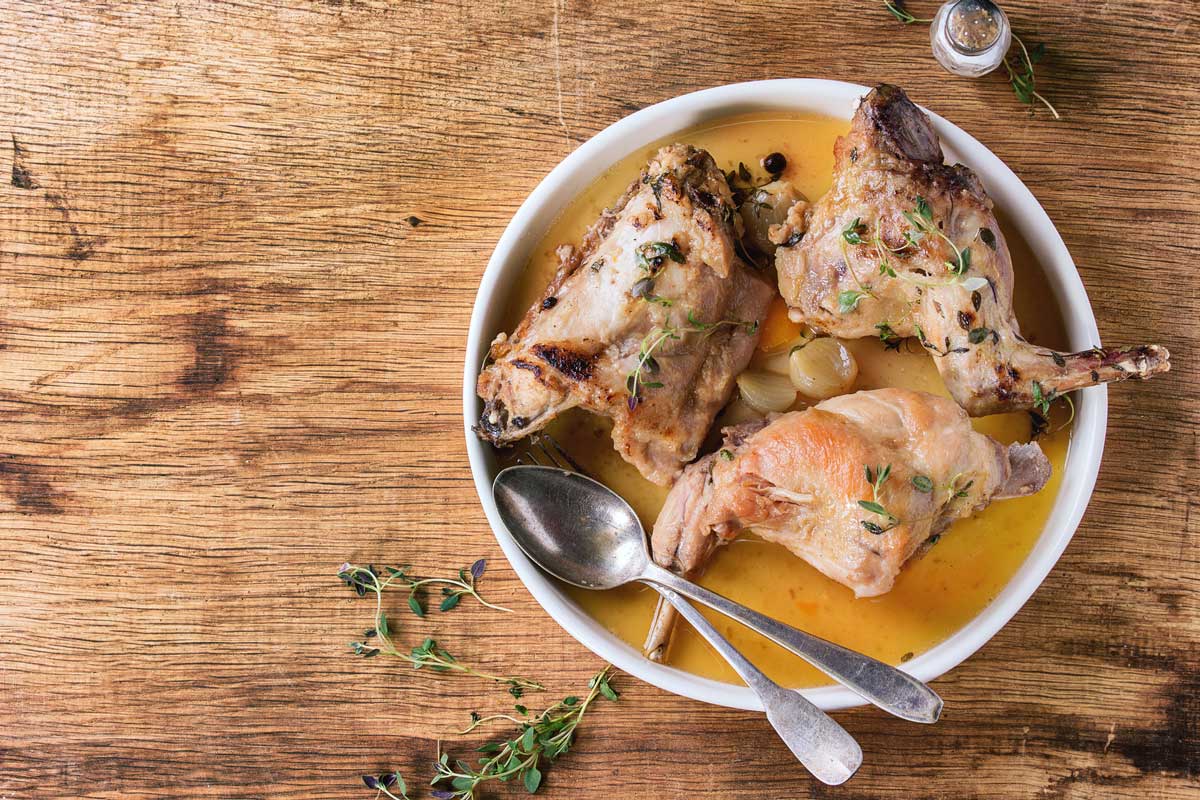Learn how to cook rabbit, so it’s tender and delicious every time. If you’ve tried rabbit in the past and don’t think you like it, this post may change your mind!
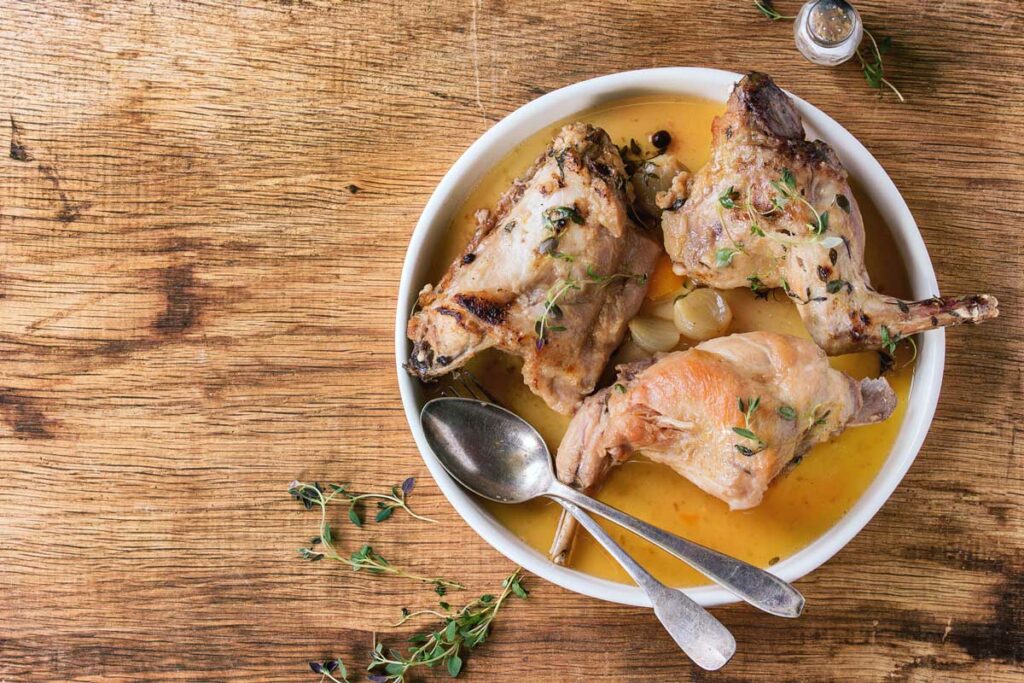
I’m excited for today’s Pioneering Today Podcast guests because we’ve discussed raising meat rabbits in the past. However, we’ve never really talked about the best way to eat them.
Table of Contents[Hide][Show]
About Nate and Erin
Nate and Erin have been raising and cooking meat rabbits for their family for over two years now and are gracious enough to come on the podcast and share their tips with us.

Erin and Nate from Two Chicks Homestead live in North Central Illinois. The name Two Chicks Homestead came from having two girls and needing a name for their homeschool, and then it stuck when naming their homestead.
They live on a small ½-acre lot but make the best of it. They currently have eight egg-laying chickens in a cute red and white coop and a trio of meat rabbits in a homemade hutch. They grow two large gardens that produce a nice harvest, which they can and preserve in different ways.
Azure Standard
This post is sponsored by Azure Standard, a company I’ve been using for almost a decade! I love buying my bulk grains and organic groceries that I can’t find at most other grocery stores.
They partner with small farms and other small food producers in order to offer great deals straight to their customers by delivering to a “drop zone”.
Be sure to check out Azure Standard for more information. If you’re a first-time customer, use code “MKN10” to get 10% off your first order of $50 or more.
How Many Rabbits?
By raising two does and one buck, Nate and Erin harvest approximately 40 rabbits annually to feed their family.
This is great because many people often think they’ll start raising their own meat once they have more space, a larger homestead, the right infrastructure, etc. But Nate and Erin have jumped in with both feet and are maximizing their 1/2-acre homestead.

Harvesting Rabbits
When it’s time to cull the rabbits, Nate and Erin use a piece of rebar that’s bolted to the wall and do a cervical dislocation. They then skin the rabbit, which takes about 2-3 minutes.
Nate says it’s like “pulling off a wet sock.”
Rabbits are ready to butcher at 12 weeks, and they weigh about 5 pounds. Dressed out, they are about 3 pounds.

To get the best texture and flavor, be sure to remove the scent glands on the hind quarters (if you don’t remove this, the meat will have a very musky flavor).
Nate also recommends having a cooler filled with half ice, and half water where you’ll place the butchered rabbit for 2-3 hours.
After the rabbit rests on ice for a few hours, he’ll bring them to the kitchen and vacuum seal them in individual packages.
The rabbits are then stored in the refrigerator for 24 hours before moving to the freezer.
Best Way to Store Rabbit
After the rabbits are butchered, Nate and Erin use the “cut to length” food saver rolls of plastic, wrap up each individual rabbit and then vacuum seal the bags.
Then they will mark and date the packages and store them in the freezer.
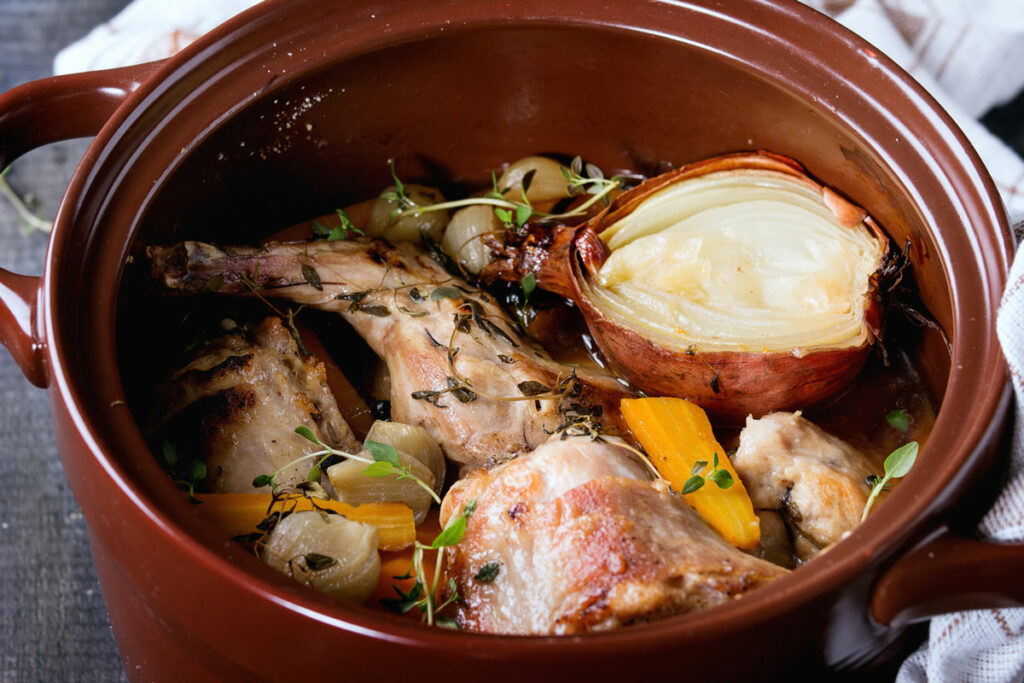
Rabbit Meat
Even though a rabbit is quite small compared to many other livestock animals, there are still parts that are more tender, such as the back strap.
Nate and Erin describe rabbit meat as a combination flavor of chicken and turkey. Rabbit meat has a little greasiness, very similar to dark meat chicken and turkey.
The difference with rabbits is that there’s no “white meat” and “dark meat”. The entire rabbit is similar to dark meat.
A rabbit shouldn’t have a “gamey” flavor but more of a richer, meatier flavor.
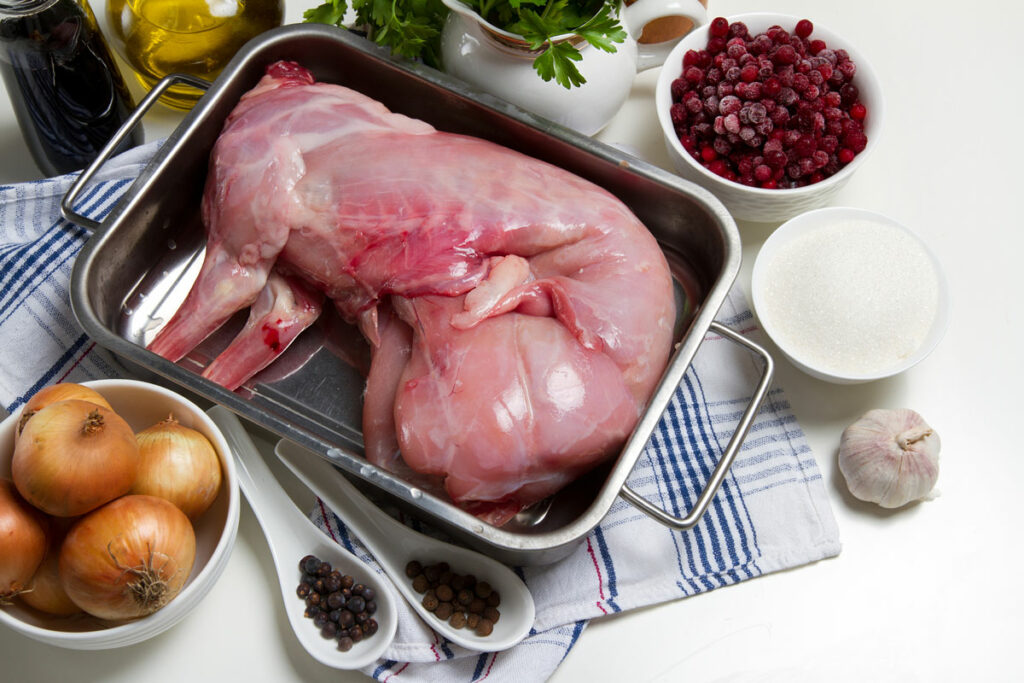
How to Cook Rabbit
Erin’s preferred way to cook rabbits is in the crockpot. She can fit two rabbits in a crockpot at a time and cooks them low and slow.
Once the rabbits are cooked, she then shreds the meat to use in recipes much as you would chicken (tacos, casseroles, pasta, pot pies, stews, etc.). They also like to use the rabbit meat in something they call a Sloppy Hoppy, like a Sloppy Joe.
Cooking rabbits in the crockpot yields very tender meat that’s easy to pull apart and falls off the bones.
Erin also found that by shredding the meat, it would stretch further. The first time she cooked a rabbit, she roasted it in a cast iron pan with a wine sauce, and the entire rabbit was gone that same day.
Best Rabbit Recipes
Erin and Nate have used rabbit meat in many recipes (as mentioned above). Some of their other favorite ways to use rabbits are:
- Smoked rabbit
- Rabbit pasta alfredo
- Rabbit pot pie
- Rabbit pizza
Their best tip is to use the shredded rabbit meat just as you would chicken. So, think about those dishes you love using shredded chicken and just substitute rabbit.
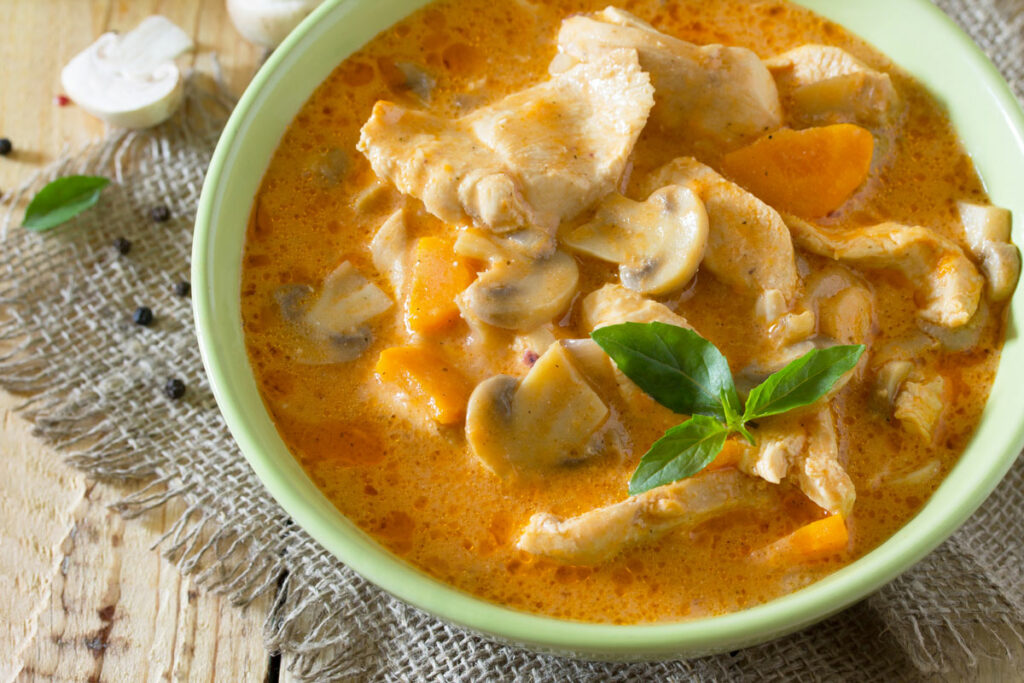
Rabbit Bone Broth
After cooking the rabbits, Erin will use the bones the same way you would chicken bones to make a broth. She says the broth is incredibly delicious and so rich in flavor!
For the best gel in the homemade rabbit broth, Erin usually uses two-three carcasses per batch of broth.
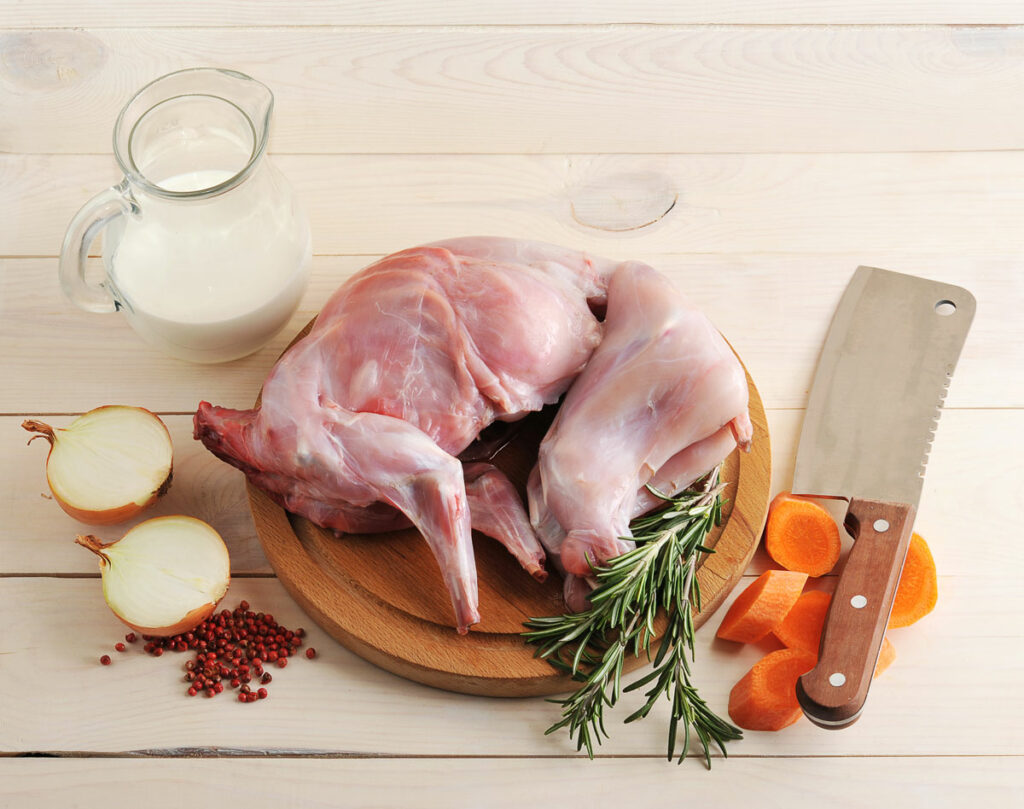
FAQs for How to Cook Rabbit
How can I make my rabbit tender?
The best way to get tender rabbit meat is by butchering them around the 12-week mark (depending on the breed) and cooking them low and slow. A crockpot is a fantastic way of cooking rabbit for tender, fall-off-the-bone meat.
How do I make my rabbit taste good?
If you’re someone who enjoys the flavors of chicken and turkey, chances are you will like the taste of rabbit. Try serving it with crispy rutabaga fries.
However, raising and butchering do come into play for the end result when it comes to taste and tenderness.
How long do you boil rabbit before cooking?
It’s not necessary to boil the rabbit before cooking. This may be the case for older rabbits, but if you’re raising them for meat, butchering them at the 12-week mark is ideal for tender meat.
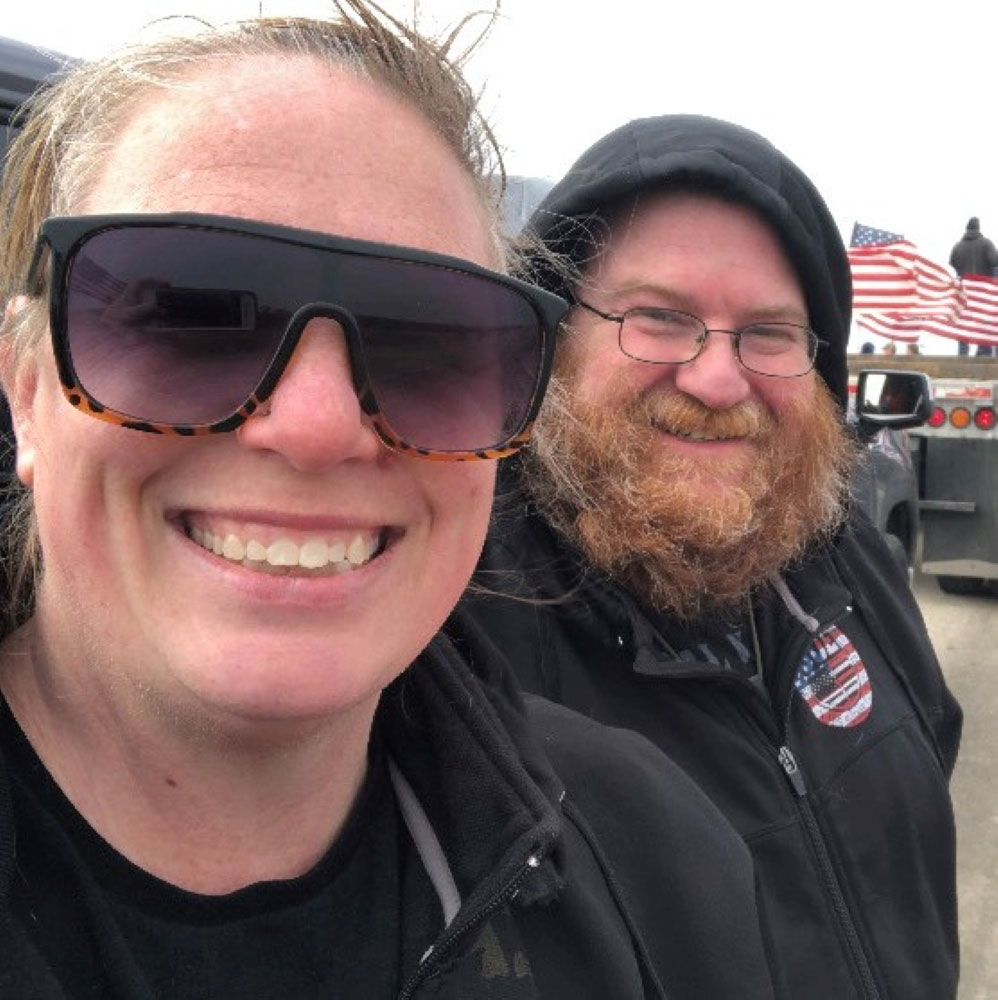
Where to Find Two Chicks Homestead
Be sure to reach out to Erin and Nate if you have any additional questions on raising or cooking rabbits.
- Two Chicks Homestead Website
- Two Chicks Homestead on Facebook
- Two Chicks Homestead on Flote
- Northern Illinois Homesteading & Preparedness Facebook Group
More Posts You May Enjoy
- Cooking With Wild Game (So It Tastes Good!)
- Unplugging for One Year with Rory Feek
- The Norris Farmstead: Our 40-Acre Homestead Farm-Stay
[fusebox_transcript]
